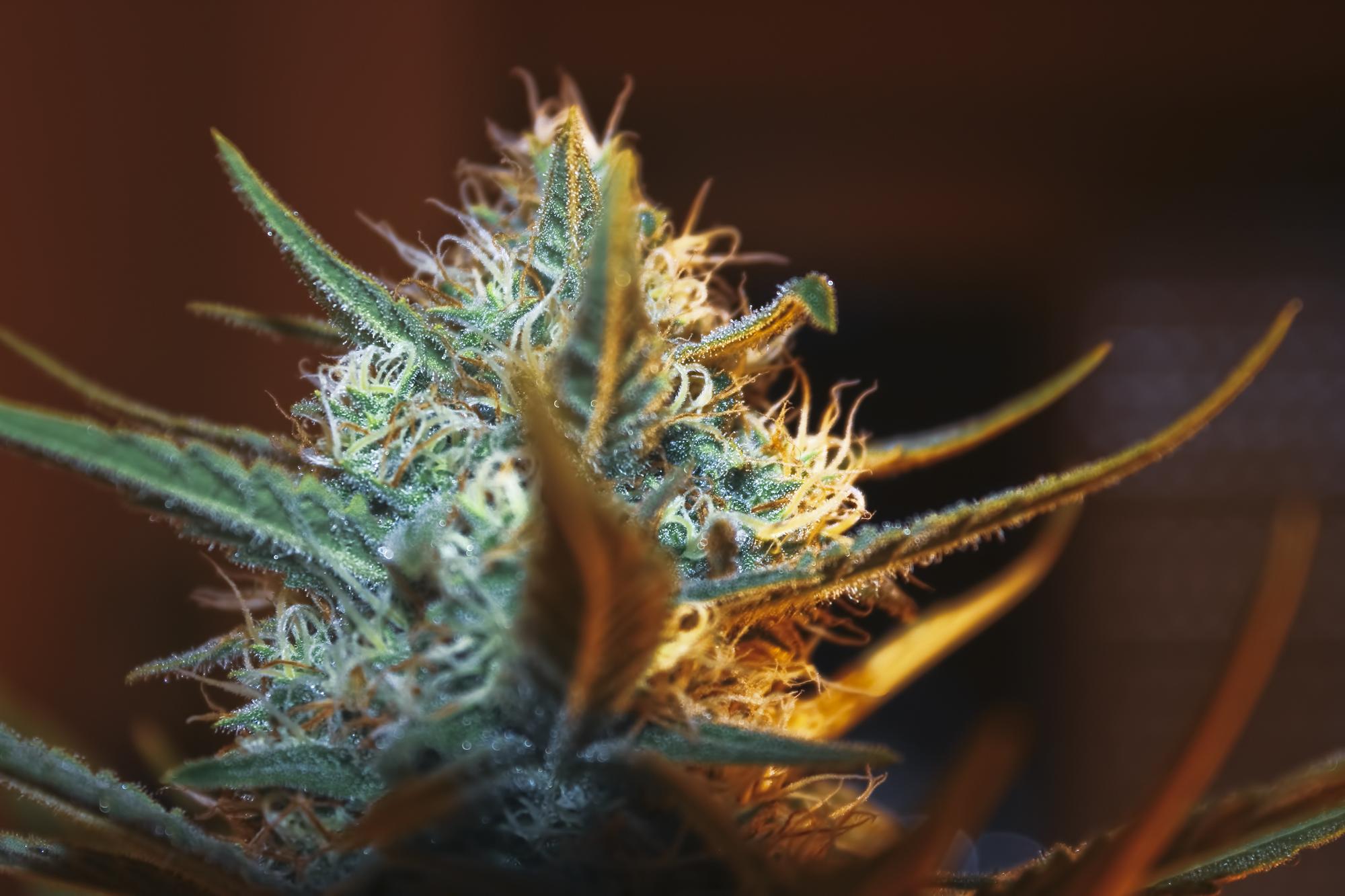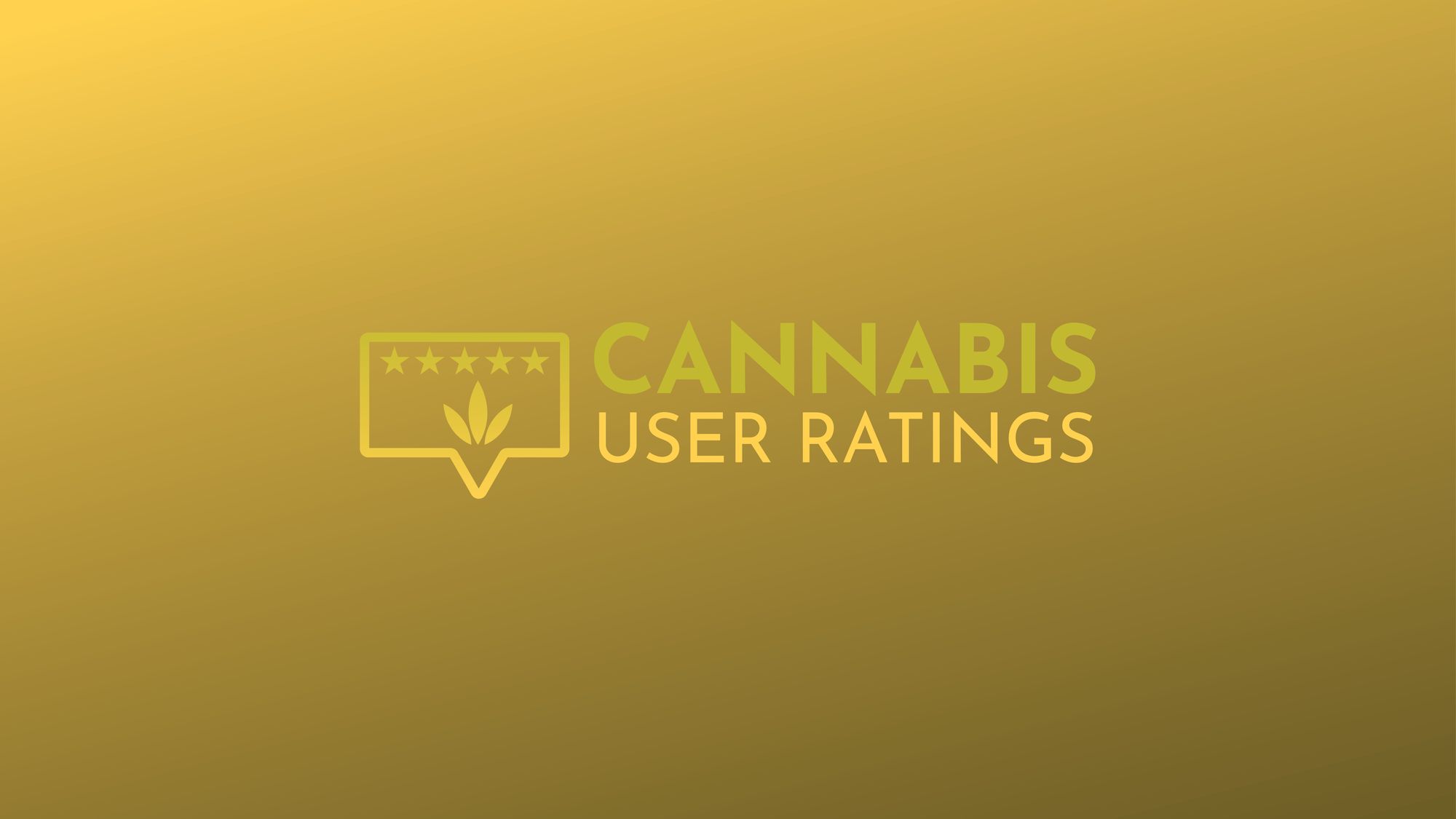Here’s the tea: social media didn’t just change how people talk about cannabis—it rewired how they rate it. Star averages swing on TikTok taste tests, Instagram unboxings, and celebrity shout-outs. The dynamic is simple: social proof drives adoption, and fame amplifies social proof. Meta-level research shows creator content and celebrity endorsements can move perceptions and purchase intent—especially when the endorser’s image fits the audience and category.
In cannabis, where new brands and SKUs drop weekly, that megaphone matters. Studies find influencer content often outperforms brand-only advertising, while micro- and nano-creators frequently deliver higher engagement because they read as authentic and community-rooted. Add celebrity spark and the effect compounds: creator-economy trackers placed Rihanna’s Fenty Hair and Beyoncé’s Cécred among top earned-media winners this year—proof that star power still converts attention into action, a lesson lifestyle-adjacent categories (hello, cannabis wellness) keep borrowing.
Consumers are also spelling out what they want from creators: real talk and usefulness. In a large multi-stakeholder survey, 64% of people said they’re most likely to engage with influencer content when it offers a genuine, unbiased review; promo codes sweeten the deal but authenticity does the lifting. Broader social reports echo that audiences reward original, human content over canned ads.
But hype isn’t a free pass. U.S. regulators tightened the guardrails on endorsements, deceptive reviews, and stealth promo. The FTC’s updated Endorsement Guides require “clear and conspicuous” disclosure of material connections, and the agency is cracking down on purchased reviews and suppression of negatives. Translation: if a post is paid, say so—and don’t launder feedback. The Wall Street Journal also highlighted enforcement aimed at fake online reviews and bogus social clout.
So how does all this shape consumer reviews? First, priming. When a trusted creator tees up specific expectations (“bright citrus, uplifting focus”), followers approach a product looking for those notes—shaping later star ratings. Second, availability bias. Repeated creator clips flood feeds; what’s top-of-mind gets bought and reviewed more, pushing algorithms to surface those same reviews. Third, herd effects. If a charismatic celebrity signals “this is the move,” fence-sitters pile on, and early review clusters can snowball into perceived consensus. The effect is real across categories—and cannabis is not immune.
For operators, the playbook is evolving. Blend credible micro-voices with transparent disclosures, then funnel that buzz into genuine customer reviews—never pay-to-praise. Social listening and review mining should loop back into product tweaks (dose, terps, formats), a best practice consumer-insight firms say separates winners from the pack. Track performance rigorously; cannabis data dashboards make it easier to correlate chatter, ranking swings, and sell-through—handy when a SKU’s hype cools and you need to course-correct.
And remember: even in a star-struck scroll, friends, family, and real customers remain the most trusted voices. Let the celebrity halo be the spark, not the fire—surround creator buzz with verified, specific, sometimes imperfect reviews. When star power meets honesty, ratings become more than hype; they become helpful.




